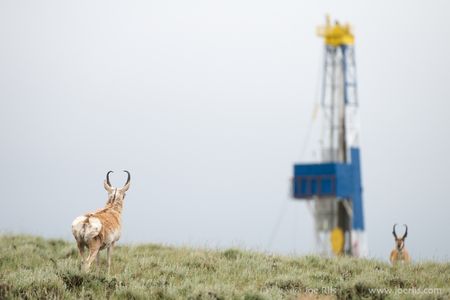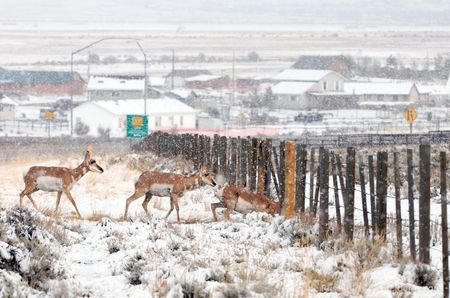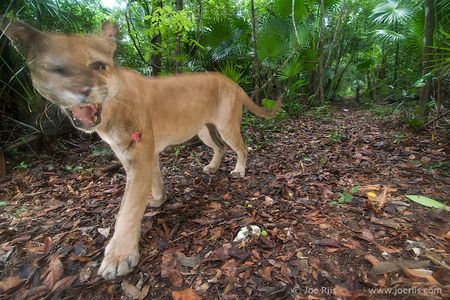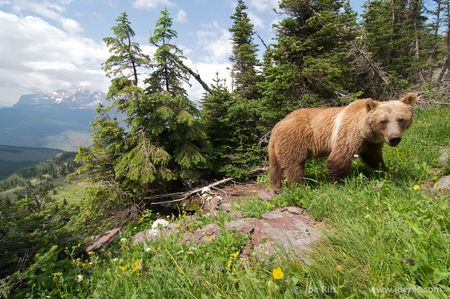
Last year, I took a half-day road trip through with my brother Garrett. We saw four bears, two herds of buffalo, antelope, elk, four moose, and thousands of tourists. Garrett, an ecologist in the Rockies at the time, could name the type of animal causing a traffic jam by the number of cars backed up. The most memorable was a black-bear jam, some 60 cars deep, where we watched a mama bear bluff charge two kids that looked to be about eight. The kids’ reaction–flee like quail–satisfied the bear. She sauntered back into the woods with her cubs. As the cars began to drive again, Garrett leaned out the window of his wobbly Subaru and started yelling at passing RVs, “ Keep your kids away from the bears! They’ll eat children!” Then he tucked back and said, half-jokingly, “They’re lucky she didn’t…must be inbred.”
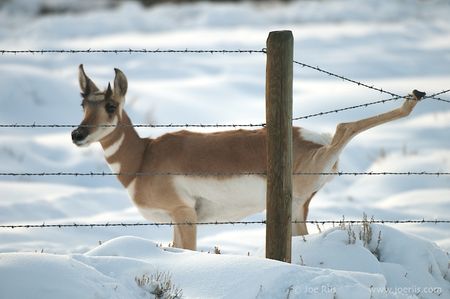
Having grown up in the woods of the Pacific Northwest, that anybody could be so stupid to allow their kids to get a broomstick's length from a wild bear–especially one with cubs–came as a shock to Garrett and me. But during a 2,400-mile road trip I took this summer, it started to make sense. I drove from Santa Fe, New Mexico, to Bend, Oregon, and back, a route that crosses plenty of wild places. My animal sightings totaled three deer interspersed with a herd of Herefords. �����ԹϺ��� of whitetails, most wildlife in America is rare and people's interaction with it even rarer. Lack of habitat is the culprit. Our country’s intact, historic ecosystems are confined to a few largely isolated pockets like Yellowstone.

Joe Riis, a 25-year-old photographer for the campaign, is one person changing that. He uses camera traps to document animals in need of migration corridors, which are basically links of wild lands that connect patches of wilderness large enough to sustain breeding populations. Riis and Freedom to Roam’s vision is a web of wild lands similar to our highway system that will help prevent the genetic isolation of large mammals. His last project, to snap photos of elusive pronghorn antelope near Grand Teton National Park, took three years to complete (check out the ). But the work seems to be paying off, or at least it’s part of a growing trend. Corridors have sprung up to protect jaguars in Central America, black bears in India, elephants in Africa, and grizzlies in North America.
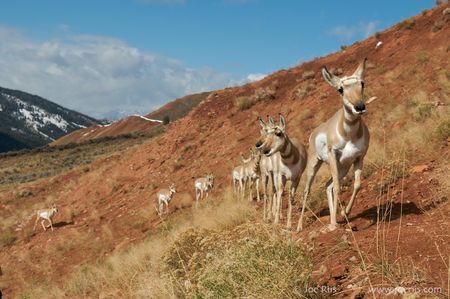
If Riis succeeds in expanding grizzly habitat in the northern Rockies, it could mean more frequent animal sightings outside Yellowstone and, hopefully, fewer kids (and parents) thinking bears are okay to approach. All good, but I'm going to miss Garrett's belligerent scare tactics.
–Kyle Dickman
